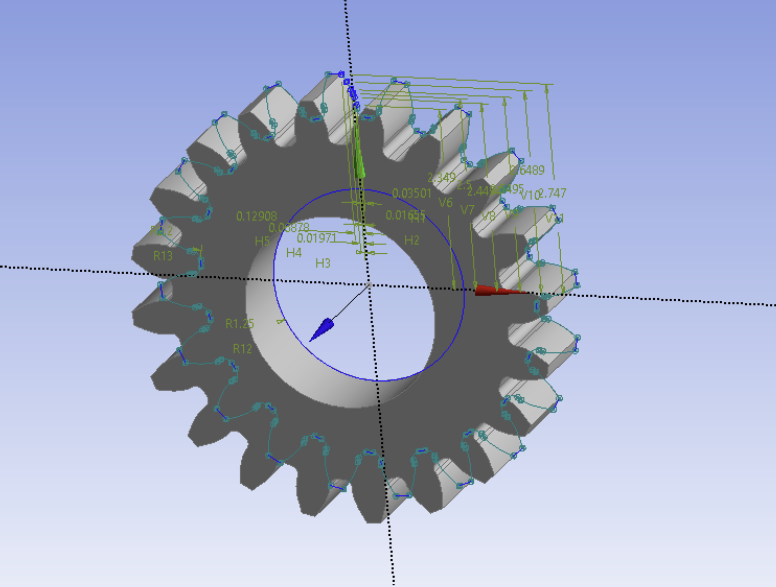PORTFOLIO
PORTFOLIO
For more information on Art and Athletics click up above…
ngvillel@asu.edu
My name is Niko Villela and I am a rising mechanical engineer at Arizona State University. When people ask me, “Why do you want to be an engineer?” I respond that it’s because I have a creative/artistic side to me, and engineering has the untapped potential to foster it to new levels.
I am extremely passionate about the work, athletics, and art that I create, and I hope this portfolio can give a little insight into what I’ve accomplished…
Niko Villela
Mechanical Engineer, Student Athlete, & Artist
Fluidics and Soft Robotics
At the Politecnico di Bari, I conducted experiments on artificial pneumatic and fluidic muscles, specifically McKibbens, in collaboration with MIT’s Multimedia Lab and the Politecnico di Bari under the EU’s most prestigious grant.
I developed a system capable of filling McKibben actuators with over 500 kPa of dielectric liquid, Novec, generating forces to lift predetermined loads—peaking at 500g, over 1100% of its own weight. My role involved 3D printing, wiring, and coding the experiments while troubleshooting pump connections and calibrating the system using DAQ, MATLAB, Python, and SolidWorks to account for the viscous properties of the pumps.
Mercury Systems
Mercury Systems
Due to Mercury Systems being an Aerospace and Defense company specializing in designs for the millitary, I am unable to show my CAD and additive manufacturing work to the public. During my time there I became very comfortable with manufacturing processes and cross-functional teamwork. Growing and developing in the microelectronics and controls field has given me management, CAD, coding, and process oriented skills that will prove integral in the work force. I thank all my wonderful mentors that were there to help me along the way. The picture to the right is of me entering a clean room class 100.
References from Mercury Systems upon request.
Arizona State Robotics Team
Being a leader on ASU’s Mechanical Engineering team, I worked alongside a group of people to design a chassis and arm module for a rover. Our job was to make sure that the rover could traverse rough terrain and take a sample from the ground to analyze. With multiple teams and a diverse array of talent, it was imperative that I collaborated with every team leader for design changes and updates in order to make a cohesive design. We modeled our chassis based on NASA’s own design and integrated a rocker-bogie system to make sure that at least part of the rover was always normal to the ground.
The Solidworks design you see was our first iteration of the arm module which was built with a series of motors and belts that would lift and lower the arm to our specifications.
V-12 Solidworks Car Engine
This V-12 Car Engine was a project involving knowledge of material, Solidworks drawing and design, fastener usage and implementation, motion analysis, and much more. Our final work had no interferences and ran smoothly with over 50 components functioning in unison. ANSYS was also used to analyze the points of high stress and areas in need of redesign.
OTHER WORKS…
I am also able to do GE&T drawings for all CAD/ANSYS related projects
ANSYS development and analysis on a constructed gear. Shear and bending tests were then done.
Senior design project CAD. It is a mechanized walker that collapses vertically automatically. Linear actuators are responsible for this.
FEA analysis on a bar with notches. Deflection, stress, and deformation were all looked at in this process which was a component to a larger mechanism
This is the drawing for the gearbox that I created from scratch. All components were tested for shear, bending, and buckling and all bearings were chosen to withstand 10^6 revolutions as well.
This is very cool. It’s a model of Da Vinci’s Aerial Screw that I put into ANSYS Fluent in order to study where pressure forces were maximum on it wen airflow was added. Done for my thesis.
FEA on a probe and the pressure forces it devolves on a CNET network. This process was measured in nanometers












